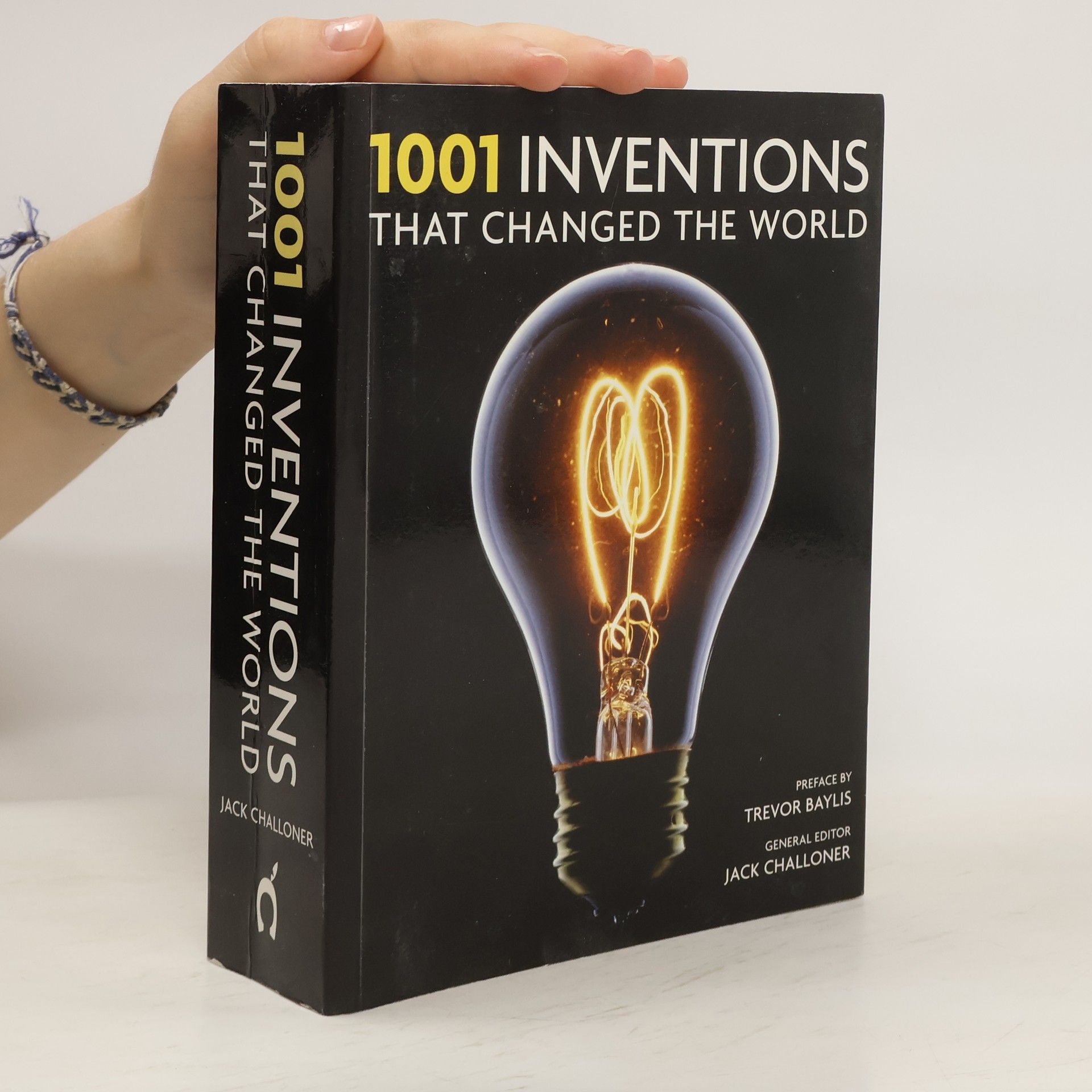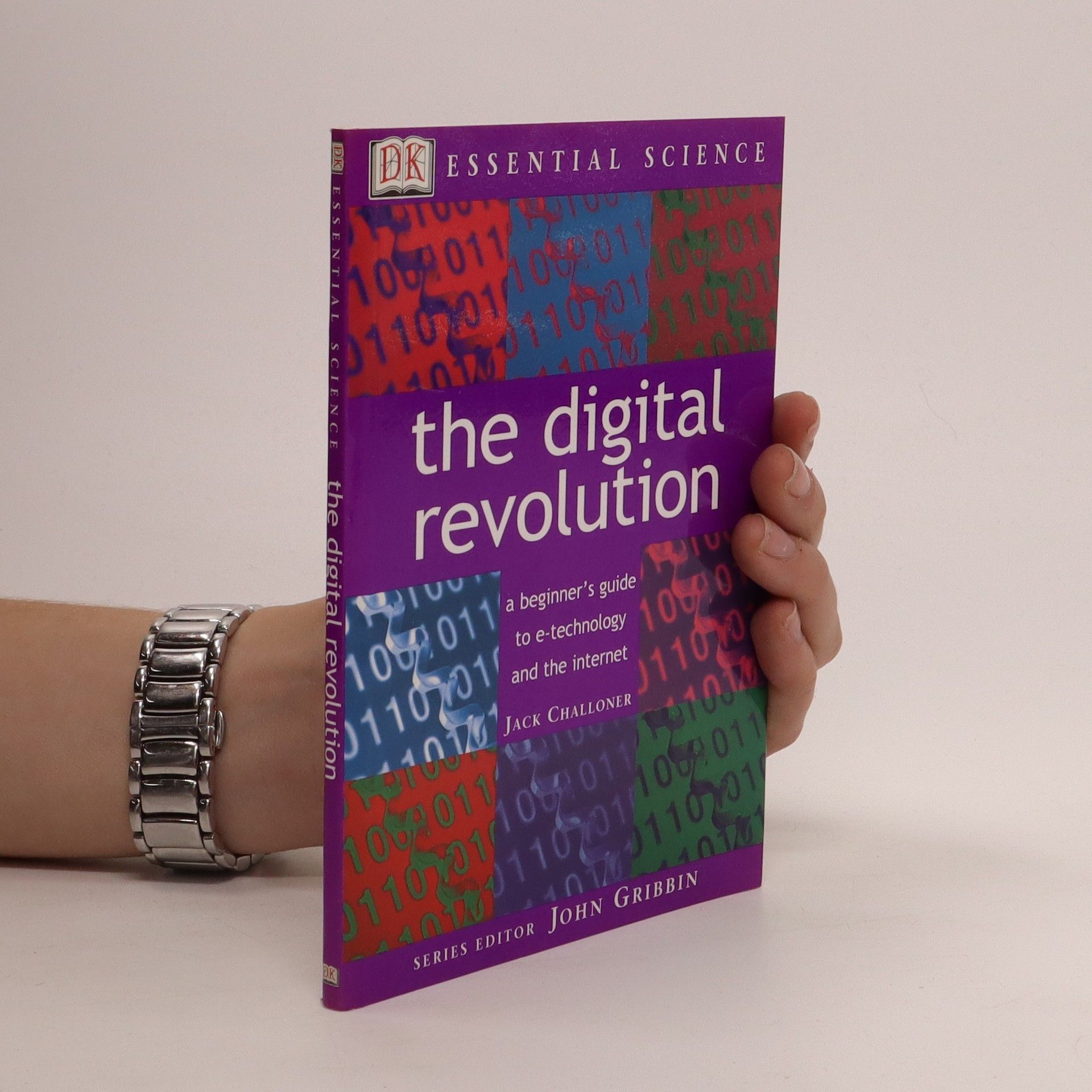Stories from the diary of inventor, scientist Cuthbert Armeeni, retold in rhyme.
Jack Challoner Libri







The microscopic cell is Earth’s greatest success story, and the common ancestor we share with all other organisms. Formed over three and a half billion years ago, life exploded from this minuscule powerhouse, first throughout the seas and then, over millions of years, across the lands to create the complex living forms populating the planet today. Yet, how has such a minute organism been so powerful? What has enabled it both to create and break down life on earth over billions of years? And, how have cells interacted to create an extraordinary diversity of plant, aquatic, terrestrial, and avian life? Here, Jack Challoner shines a spotlight on the passage of the cell through time to explore how a continual myriad of interactions and symbiotic relationships have been, and continue to be, the extraordinary catalyst for life.
iExplore The Brain
- 32pagine
- 2 ore di lettura
The brain dives deeper into the subject matter of the human brain by looking at how it works in close detail: from senses to memory, automatic and voluntary movements all the way to how the brain uses neurotransmitters to give us emotions, the brain is at the core of everything we do.
The story of the most abundant substance on Earth, from its origins in the birth of stars billions of years ago to its importance in the living world.Water is so ubiquitous in our lives that it is easy to take for granted. The average American uses ninety gallons of water a day; nearly every liquid we encounter is mostly water--milk, for example, is 87 percent water. Clouds and ice--water in other forms--affect our climate. Water is the most abundant substance on Earth, and the third-most abundant molecule in the universe. In this lavishly illustrated volume, science writer Jack Challoner tells the story of water, from its origins in the birth of stars to its importance in the living world.Water is perhaps the most studied compound in the universe--although mysteries about it remain--and Challoner describes how thinkers from ancient times have approached the subject. He offers a detailed and fascinating look at the structure and behavior of water molecules, explores the physics of water--explaining, among other things, why ice is slippery--and examines the chemistry of water. He investigates photosynthesis and water's role in evolutionary history, and discusses water and weather, reviewing topics that range from snowflake science to climate change. Finally, he considers the possibility of water beyond our own hydrosphere--on other planets, on the Moon, in interstellar space.
The Atom: A Visual Tour
- 192pagine
- 7 ore di lettura
An accessible and engaging guide to the atom, the smallest, most fundamental constituent of matter. Until now, popular science has relegated the atom to a supporting role in defining the different chemical elements of the periodic table. In this book, Jack Challoner places the atom at center stage. The Atom investigates the quest to identify the smallest, most fundamental constituents of matter—and how that quest helps us to understand what everything is made of and how it all works. Challoner covers a wide range of topics—including the development of scientific thinking about atoms and the basic structure of atoms; how atomic interactions account for the familiar properties of everyday materials; the power of the atomic nucleus; and what the mysterious quantum realm of subatomic particles can tell us about the very nature of reality. Illustrated in color throughout, The Atom offers clear answers to questions we have all pondered, as well as some we have never even dreamed of. It describes the amazing discoveries scientists have made about the fundamental building blocks of matter—from quarks to nuclear fission to the “God particle”—and explains them accessibly and concisely. The Atom is the engaging and straightforward introduction to the topic that we didn't get in school.
The Compact Guide of the Elements
- 208pagine
- 8 ore di lettura
What links the Taj Mahal and our skeleton? Calcium. The Eiffel Tower and our blood? Iron. The salt on our chips and the street lamps that guide us home? Sodium. The elements make up everything, and this book is the perfect guide to every one of them.
Elements
- 160pagine
- 6 ore di lettura
The Elements: An Interactive Guide to the Building Blocks of our Universe is an illustrated reference book to the elements that make up everything in our universe. General information about the properties, behaviour and occurrence of the elements, their main compounds and their principal uses is given.
Tech Lab: Awesome Builds for Smart Makers
- 160pagine
- 6 ore di lettura
This DK children's book for ages 11-14 is brimming with exciting, educational activities and projects that focus on electronics and technology. Keep your siblings out of your room with a brilliant bedroom alarm, power a propellor motorboat, make a thermoelectric phone charger, build a set of speakers, and construct a crane by following step-by-step instructions and using affordable equipment. Tech Lab will engage budding scientists and engineers as they experiment, invent, trial, and test technology, electronics, and mechanics at home. Simple steps with clear photographs take readers through the stages of each low-cost project, with fact-filled panels to explain the science behind each one, and to fascinate them with real-world examples. With an increasing focus across school curricula on encouraging children to explore STEM subjects (science, technology, engineering, and maths), Tech Lab is the perfect companion for any inquisitive child with an interest in how the worlds of science experiments and technology work, and why."
1001 Inventions that Changed the World
- 962pagine
- 34 ore di lettura
Presents a review of technological innovations and inventions, from the ancient world to the present day
This guide is part of a series which introduces a wide range of scientific topics and topical issues affecting our daily lives. This book explains how the Internet and other digital technologies have transformed our world, from the binary code to interactive TV.

